INTRODUCTION TO DAMP AND MOULD GROWTH
This booklet is designed to give some basic information and advice about one of the most common housing issues, dampness and mould growth. Condensation is usually the biggest cause of damp within homes. Here you will find information and advice to help landlords and tenants to identify and reduce condensation as well as treating the mould growth that often comes with it.
Damp can cause mould on walls and furniture and make window frames rot. Damp housing encourages the growth of mould and mites, as mites feed on mould and can increase the risk of respiratory illnesses in some people. Some damp is caused by condensation. This leaflet explains how condensation forms and how you can keep it to a minimum to reduce the risk of damp and mould.
TYPES OF DAMP
There are four main types of dampness that could affect your home. It is important to understand the difference between them so that you can effectively treat the problem.
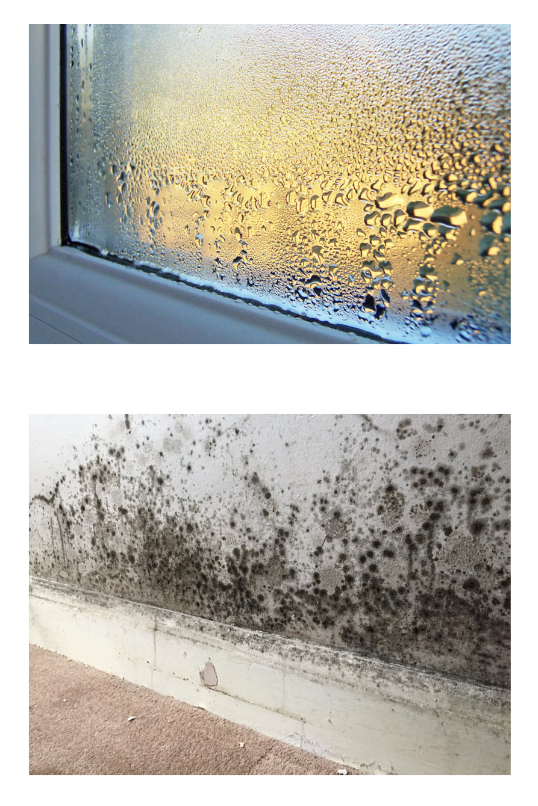 | 1. Condensation Condensation is the primary cause of dampness for tenants and homeowners, prompting numerous complaints to the Council. It arises when moisture from inside the home meets colder surfaces like windows or walls, leading to water drops that can permeate wallpaper, paint, or plaster. Over time, affected areas foster black mould growth. Condensation is prevalent in colder months, commonly found in room corners, north-facing walls, and near windows, as well as in spaces with poor air circulation, such as behind wardrobes and beds against external walls. Note. Black mould is frequently seen on this type of damp. |
| 2. Penetrating Damp Penetrating damp is commonly found on external walls or ceilings, often caused by deficiencies such as missing pointing, cracked rendering, absent roof tiles, or faulty rainwater systems. This type of dampness becomes apparent after rainfall, presenting as distinct damp patches that are palpably wet. Notably, areas affected by penetrating damp rarely develop black mold. This is attributed to the heightened moisture levels in these regions, coupled with the presence of salts picked up while passing through the walls. These salts act as a deterrent, preventing the growth of black mould on the damp surfaces. | 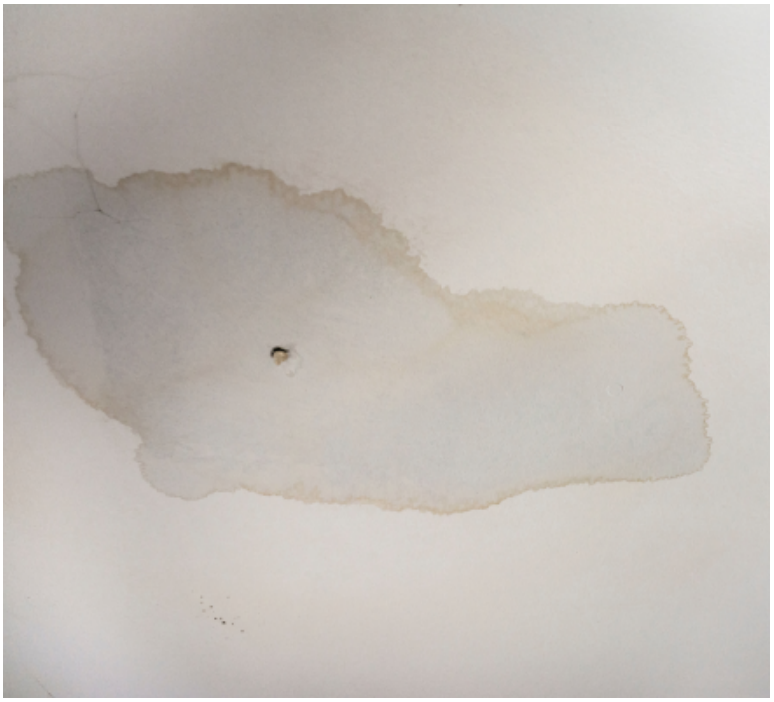 |
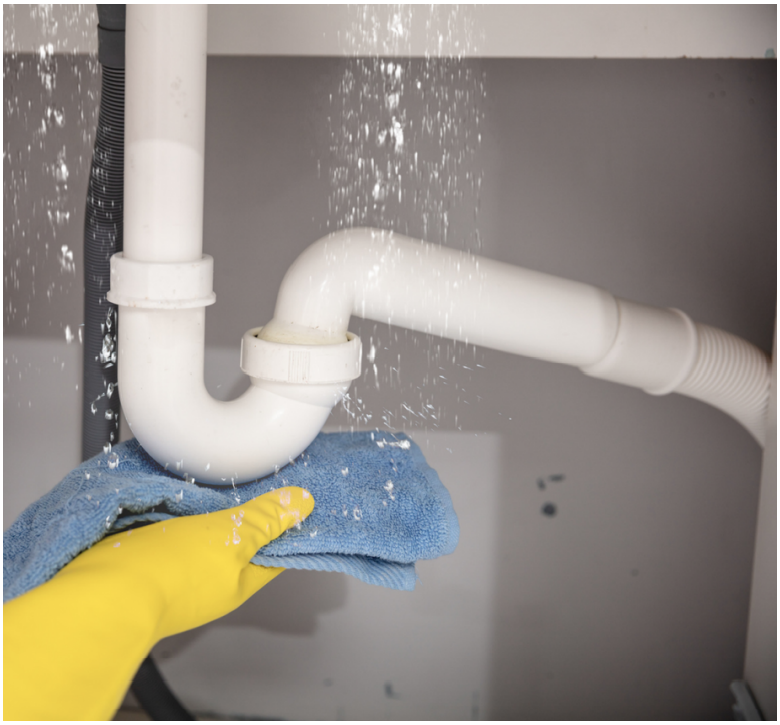 | 3. Defective Plumbing Defective plumbing, often seen in bathrooms and kitchens, leads to common water and waste pipe leaks. The affected area remains persistently damp, irrespective of weather conditions. Identifying the issue involves inspecting pipes, seals around baths, showers, sinks, and external pipework like guttering. Black mould is infrequent in this dampness type due to high moisture levels and chemicals from water leaks inhibiting mold growth. |
| 4. Rising Damp Rising damp occurs when water from the ground enters a home, typically due to a compromised damp-proof course (DPC) or the absence of one. This dampness affects basements and ground floor rooms, rising up to 12 to 24 inches, often leaving a low "tide mark" on the wall. Efflorescence salts may appear, and while rising damp is present year-round, it's more noticeable in winter. Untreated rising damp can damage wall plaster and lift paper. Ground salts in rising damp inhibit black mould growth, though secondary factors can lead to varied conditions. | 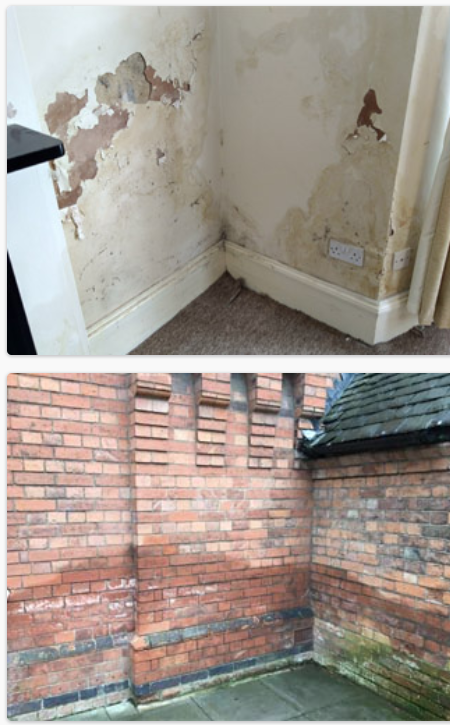 |
CONDENSATION AND MOULD GROWTH
Most homes will be affected by condensation at some point. However, certain activities can increase the problem. Whether you are an owneroccupier or a rent-paying tenant, condensation and mould growth is often due to lifestyle and is something that can be reduced or remedied without expensive works or treatments. Cooking, washing, drying clothes indoors, even breathing - all produce water vapour that can only be seen when tiny drops of water (condensation) appear on colder surfaces such as walls, windows, ceilings or mirrors.
The ‘amount’ of condensation in a home depends upon three factors:
1. How much water vapour is produced by the actions of its residents.
2. How cold or warm the property is.
3. How much air circulation (ventilation) there is.
Simply turning up the heating will not sort out the problem. All three factors may need to be looked at to reduce the problem. The first sign of a problem is water vapour condensing on windows and other cold surfaces, which then takes a long time to disappear, allowing surfaces to become damp. The second indication is black mould patches growing on these damp areas.
Mould will thrive with four key elements:
1. Moisture
2. Food such as wallpaper or emulsion paint
3. The right temperature
4. Oxygen
By dealing with the causes of condensation you will automatically deal with the problem of mould.
COMMON HOUSEHOLD MOISTURE PRODUCING ACTIVITIES
Daily activities contribute moisture to indoor air. Even breathing releases moisture, with a person sleeping adding half a pint of water nightly, and an active person contributing twice that amount during the day. Consider the following list to gauge the additional water introduced into your home's air each day:

WARMTH VS VENTILATION
Balancing warmth and ventilation effectively is crucial. While opening windows may seem to result in heat loss, it actually allows the escape of warm, moisture-laden air and the entry of cost-effective cool, dry air. Dry cool air is more economical to heat than warm moist air. Issues like condensation and mould with double-glazing can be mitigated by using trickle vents or slightly opening windows for necessary ventilation. It's important to ventilate for a specific duration, typically between 30 minutes to 1 hour, rather than leaving windows open all day.

SIX STEPS TO REDUCING CONDENSATION AND MOULD GROWTH
1. Produce less moisture
Ordinary daily activities produce a lot of moisture. to reduce this:
- Dry clothes outdoors if possible. Avoid drying clothes indoors or if you have to, dry them on a clothes airer in the bathroom with the door closed and either an extractor fan on or a window slightly open.
- Vent tumble driers to the outside (never into the home) or buy a condensing type.
- Cover pans when cooking and do not leave kettles boiling.
- Do not use paraffin or gas bottle heaters. They produce large amounts of water vapour and are very expensive to run!
2. Remove excess moisture
Always wipe the windows and window sills of your home every morning to remove condensation. This is especially important in the bedroom, bathroom and kitchen - just opening the window is not enough.
3. Heating
In cold weather, the best way to keep rooms warm and avoid condensation is to keep low background heat on all day rather than short bursts of high heat when you are in the house. Good heating controls on your radiators, an independent room thermostat and a timer will help you control the heating throughout your house and help manage heating costs. Also think about better insulation (roof, cavity – wall or external wall insulation), draught-proofing windows and doors, and installing double or secondary glazing.
4. Insulation
Insulating and draught-proofing will help keep your home warm and save money on your heating bills.
a) Insulate the loft to a depth of 300mm.
b) Consider secondary or double glazing.
c) Consider cavity wall insulation or internal dry lining.
d) Draught-proof windows and external doors. When draughtproofing, do not block permanent ventilators or rooms requiring ventilation.
Find out if you are eligible for a grant for insulating your home, this may help to reduce your bills.
5. Ventilation
Ventilate rooms effectively to eliminate condensation and excess moisture without creating draughts or making the room cold. Simply opening windows slightly or using trickle vents can achieve this, allowing warm, moisture-laden air to escape while permitting cool, dry air to enter. Follow these tips for proper ventilation:
- Ventilate or open windows when using the kitchen or bathroom, keeping doors closed to contain moisture.
- Continue ventilation in these rooms for a short time after showering, bathing, or cooking.
- Open bedroom windows for about an hour in the morning.
- Clear window sills to allow for unobstructed window opening and easy surface wiping.
- Leave space between furniture and walls to facilitate air circulation.
- Ventilate cupboards and wardrobes, avoiding overfilling to ensure proper air circulation.
- Fit chimneys and flues with air vents and meet ventilation requirements for gas appliances in a room; avoid complete blockage.
6. Dealing with Mould
Mould can grow on walls, ceilings, furnishings and even on clothes and toys, which can be depressing and expensive. To kill and remove the mould:
- Carefully remove excess mould with a damp cloth and throw away afterwards.
DO NOT BRUSH MOULD AS THIS RELEASES SPORES INTO THE AIR.
- Wipe down affected areas using a fungicidal wash or diluted bleach. Remember always to use rubber gloves and wear safety glasses.
- After treatment redecorate using fungicidal paint - Do not paint over using ordinary paint as mould is likely to grow back.
- Dry clean affected clothes and shampoo carpets where necessary.
REMEMBER...
Dealing with condensation and mould growth is not easy. Only carrying out one or two of the steps may not solve your problem, you need to do as much as possible every day. Once a balance has been achieved your situation should improve over time.
Tenants should:
- Carefully remove excess mould with a damp cloth and dispose. Do not brush mould as this releases spores into the air.
- We recommend that you regularly check under divan bed drawers, behind wardrobes, bedside cabinets, bedheads and clothing stored in cupboards, you will then need to wipe down or wash clothing immediately.
- Wipe down affected areas using a good quality mould and mildew spray.
Landlords should:
- Work with the tenants to determine the cause of the problem.
- Carry out repairs to make good any defects identified at the property.
- After treatment arrange for REDECORATING using a specialist bathroom or kitchen paint, and if wallpapering the area make sure to use a good quality paste with an anti-fungicidal additive.
- Where possible do not use wallpaper in bathrooms and kitchens and provide mechanical ventilation with a humidity sensor
USEFUL LINKS
UNIPOL - troubleshoot damp and mould
shelter - damp and mould in rented homes


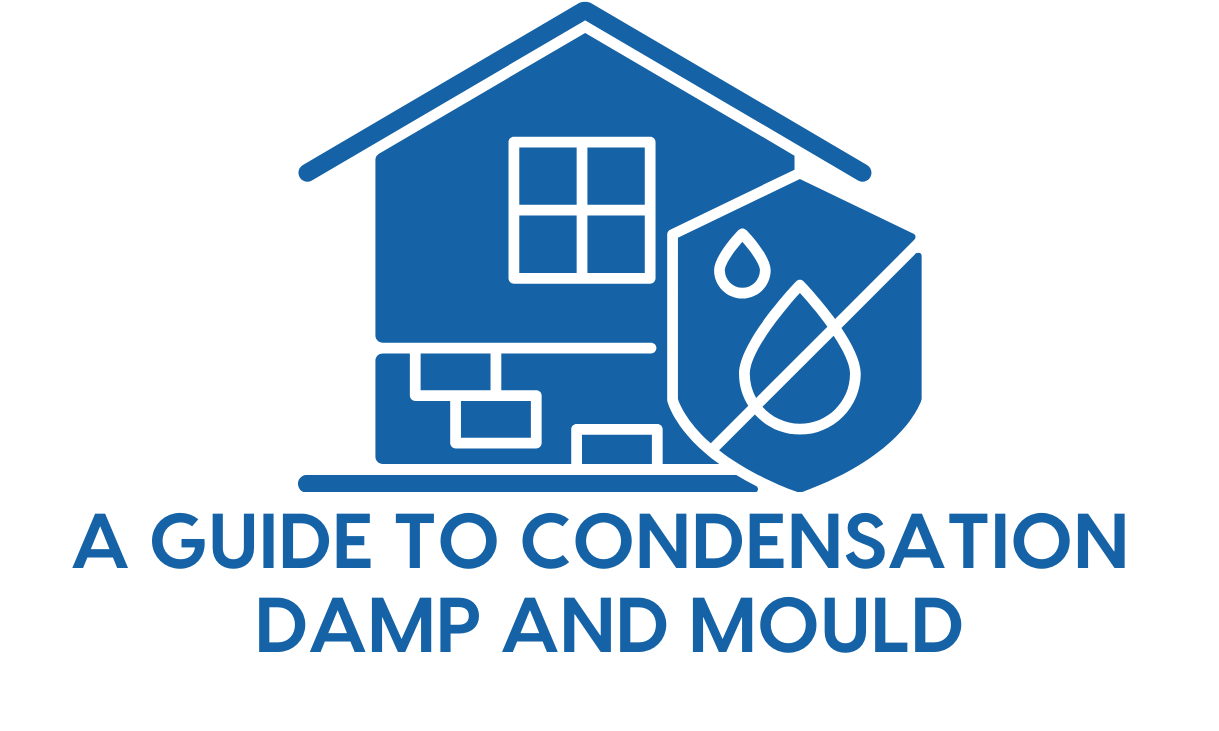
 By
By 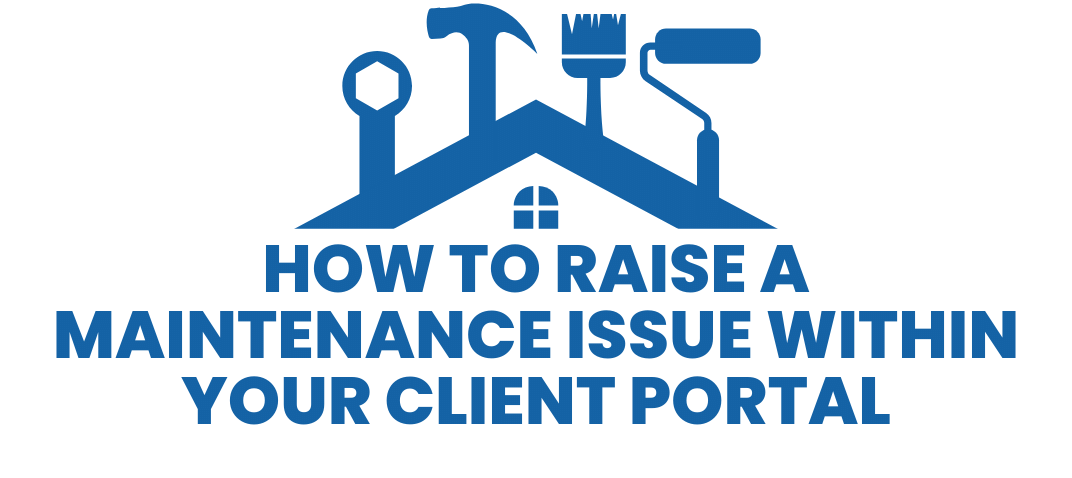

Share this with
Email
Facebook
Messenger
Twitter
Pinterest
LinkedIn
Copy this link